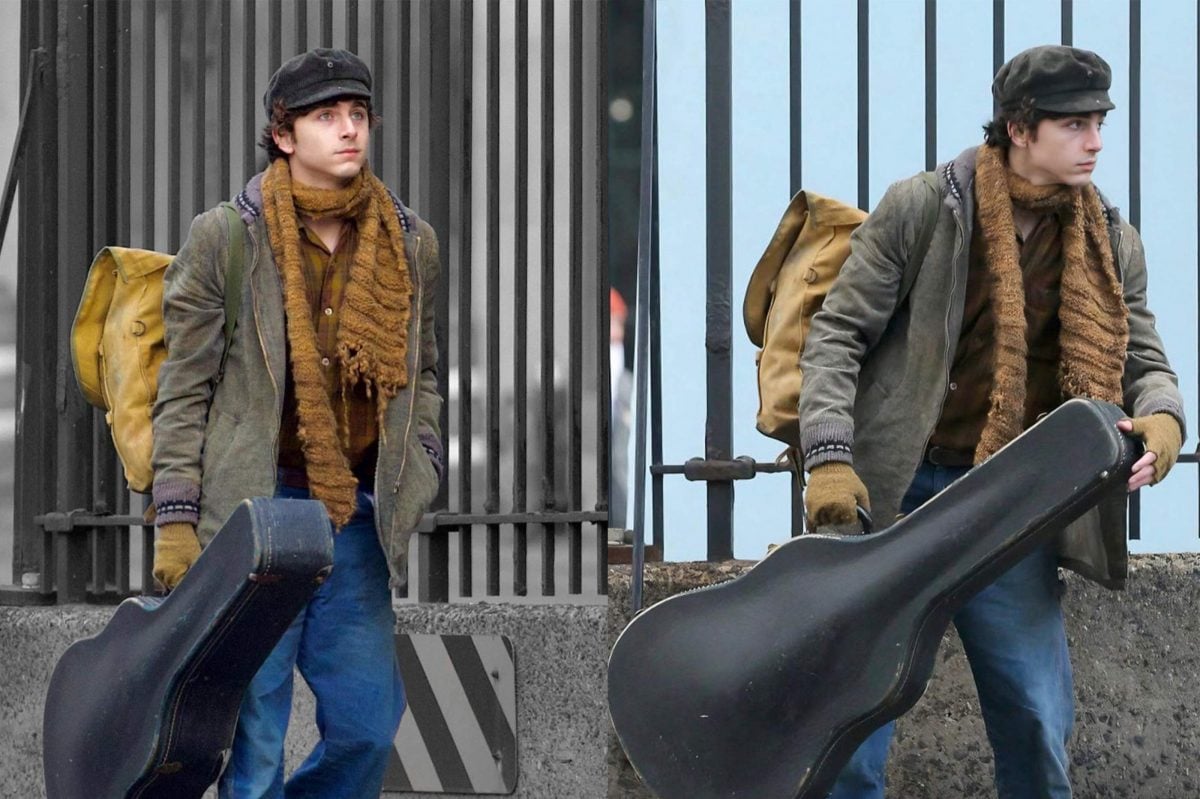
We are less than a month out from voting as a country on the Indigenous Voice to Parliament referendum. If you are serious about closing the gap, are committed to truth-telling, in favour of creating an Australia that we can all be proud of, then it is imperative that you do your research and make an informed vote.
What is the Indigenous Voice to Parliament?
Referred to colloquially as The Voice, the referendum will propose enshrining a First Nations advisory body into the constitution. The body will comprise of Aboriginal and Torres Strait Islander leaders and community elders from across Australia – both rural, remote and metropolitan areas. It will be gender balanced, include youth representation, be culturally informed and members will be selected by First Nations people and serve for a fixed period of time.
When boiled down, the advisory body is an opportunity for First Nations Australians to consult on matters which directly impact their lives.
We know that Aboriginal and Torres Strait Islander women have a life expectancy of 75.6 years, while men are expected to live until 71.6. This is stark in comparison to the life expectancy rates of non-Indigenous Australians; which is 83.4 years and 80.2 years, respectively. We know that Aboriginal and Torres Strait Islander people make up 32% of people imprisoned, despite representing 3.8% of the total Australian population. This is just a small snapshot at the myriad ways First Nations Australians are disadvantaged by the ongoing ramifications of colonisation and genocide.
The advisory body or The Voice is the first step of reform outlined in the Uluru Statement from the Heart, which prioritises Voice, then Treaty, then Truth. This will be a proactive shift; instead of legislation and motions created by non-Indigenous people with no lived experience, community ties or understanding of the unique and complicated ways colonisation and dispossession manifests, it will allow First Nations Australians to advocate for themselves.
It is the missing link between politicians in Parliament and grassroots organisations.
How will it work?
The Labour government publicly released some 'design principles' back in March, which give us a taste of what the Indigenous Voice to Parliament might look like. Essentially, these points stipulate that:
- the Voice will give independent advice and have its own resources to do research and respond to requests.
- members of the Voice will be selected by Indigenous communities and serve for a fixed period.
- members will be gender balanced, and include remote and youth representation.
- it will work alongside existing organising and structures.
- it can recommend improvements or changes to services, but won't be managing budgets or delivery of these services.
- it will need to be transparent and accountable, subject to reporting and within the scope of the National Anti-Corruption Commission.
Combating misinformation
In times like these, misinformation and false-truths are rife. Journalists have exposed the No campaign's insidious strategy to use fear and doubt, rather than facts, to persuade Australians to vote No.
So how to combat misinformation? As always, it begins at home, in your family, in your social circles. The key here is not to be aggressive or combative, but to genuinely listen to concerns and respond to them with empathy and information.
A great place to begin your research is online at the Australian Government's website dedicated to The Voice referendum.
Critics of The Voice
It is also important to recognise that Aboriginal and Torres Strait Islander peoples are not one homogenous group. More than 500 clans and nations make up Indigenous Australia; with people and communities who hold diverse opinions, experiences, along with customs and belief systems. It would be a mistake to look to one individual and use their beliefs as a yardstick for the beliefs of all First Nations Australians.
What we know is that 80% of First Nations Australians are voting Yes to The Voice, including high profile names like Nakkiah Lui and Miranda Tapsell. However, you may be hearing from what is called the "progressive No" case, which has its roots in the Blak sovereignty movement. These critics of The Voice believe it does no go far enough, relying instead on tokenism over real change. The advisory body can make recommendations to parliament, however parliament is not required to implement the suggestions.
Others have taken issue with the referendum format itself. Given that Aboriginal and Torres Strait Islander Australians account for 3.8% of the total population, it seems ironic that the entire country should have a say in their affairs seeing as majority of the population are not Indigenous.
Another First Nations perspective in the "Progressive No camp" is that it would be wrong to put faith in the same institution that enacted colonisation. These people would rather the government prioritise the recommendations from the Royal Commission into Aboriginal Deaths in Custody, for example, to prove they were committed to real change.
Then there is the racist position upheld by Peter Dutton, which has little to do with those aforementioned reasons and is more about citing every flimsy excuse he can muster to encourage Australians to vote No. As Marcia Langton aptly put it: "Every time the No case raises one of their arguments, if you start pulling it apart, you get down to base racism... I’m sorry to say it but that’s where it lands – or just sheer stupidity.”
As a non-Indigenous settler on stolen land, your job is to listen and create space during this time. As Briggs has said, "We already live in No. What changes with a No result? Nothing. Yes is not the magic wand, it’s going to take work, but it’s an incremental change that is going to lead to more."
When is the referendum?
Prime Minister Anthony Albanese has set an official date for the referendum. We will vote on Saturday, October 14, 2023.
Photo by Johan Mouchet on Unsplash.



